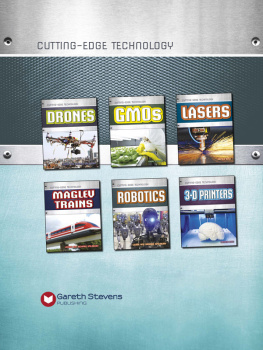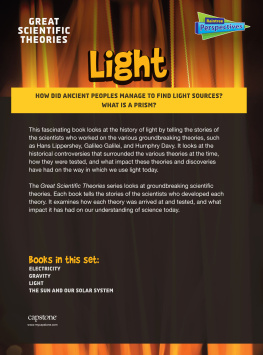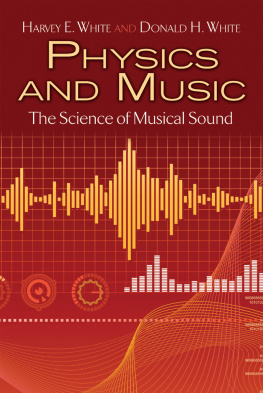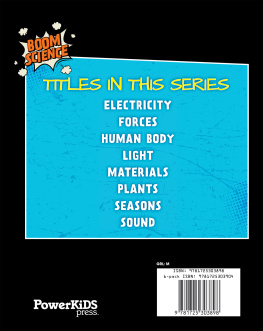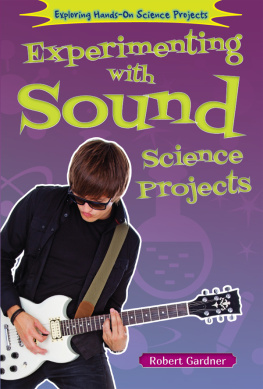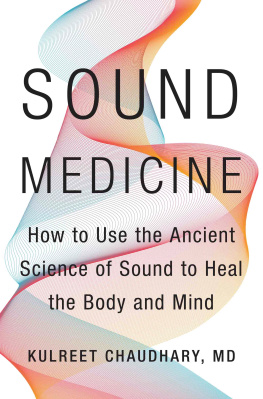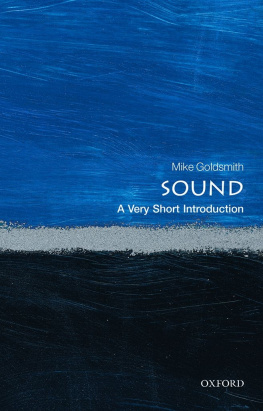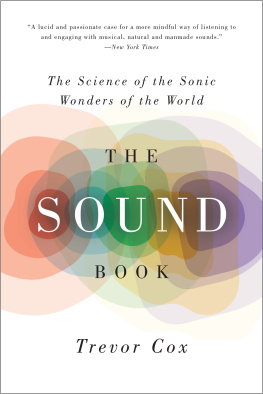
Please visit our website, www.garethstevens.com.
For a free color catalog of all our high-quality books, call toll free 1-800-542-2595 or fax 1-877-542-2596.
Cataloging-in-Publication Data
Spilsbury, Louise.
The science of sound / by Louise Spilsbury.
p. cm. (Flowchart smart)
Includes index.
ISBN 978-1-4824-4150-5 (pbk.)
ISBN 978-1-4824-4151-2 (6-pack)
ISBN 978-1-4824-4152-9 (library binding)
1. Sound Juvenile literature. I. Spilsbury, Louise. II. Title.
QC225.5 S65 2016
534.078d23
First Edition
Published in 2016 by
Gareth Stevens Publishing
111 East 14th Street, Suite 349
New York, NY 10003
2016 Gareth Stevens Publishing
Produced for Gareth Stevens by Calcium
Editors: Sarah Eason and Harriet McGregor
Designers: Paul Myerscough and Emma DeBanks
Cover art: Shutterstock: Denkcreative, Lineartestpilot.
Picture credits: Dreamstime: Celso Diniz .
All rights reserved. No part of this book may be reproduced in any form without permission from the publisher, except by reviewer.
Printed in the United States of America
CPSIA compliance information: Batch #CW16GS: For further information contact Gareth Stevens, New York, New York at 1-800-542-2595.
Contents
Chapter 1
Sounds All Around
Sounds are all around us. Close your eyes for a moment and listen. What can you hear? Are there noisy cars and buses rushing past in the street and people talking? Or is all you can hear the rustle of the pages of this book and your quiet breathing in and out? Sounds help us communicate, give us information, warn us of danger, and give us pleasure. There are many different sounds in the world, but they are all made in a similar way: by vibrations. When something vibrates, it moves up and down or backward and forward very quickly, again and again. Vibrations are what you see when you pluck a guitar string or tap the skin of a drum, and when things vibrate they make sounds.

When you listen to music, the notes travel toward you on waves of sound.
Sound is never still. It is constantly moving alongin waves! Sound vibrations travel from one place to another in tiny, invisible patterns, which we call sound waves. If you throw a stone in a pond, circles of tiny waves called ripples flow out from the place where the stone fell. Sounds move outward from their source (the thing that made them), in every direction in a similar way. Unlike waves on water, you cannot see sound waves in the air because they are invisible. The sound waves move through the air and we hear them when they reach our ears.
Get Smart!
Some vibrating objects move so quickly that we cannot see them moving. We only know they are vibrating because they make a sound. Some objects make such big vibrations that we can feel as well as hear themwhen a big airplane flies low as it comes in to land it can make the windows in buildings near an airport rattle and shake!
Sound Surfing
Sound waves not only move along in waves through the air, but they can also move through water, wood, metal, and other materials. That is how you can hear sounds when your head is underwater in a swimming pool, or from the inside of a room when someone knocks on the door outside. Sound travels better through some materials than through others, and sound moves at different speeds through different substances. For example, sound travels four times faster through water than it does through air.
How exactly do sound waves move? Air and other substances are made up of tiny particles called molecules. When an object vibrates, it makes the molecules around it vibrate, and this creates sound waves. For example, as a bell vibrates back and forth, it pushes against the air molecules that are closest to it. These molecules move forward a little, and push against the molecules next to them. Those molecules also move, and push against the molecules next to themand so on.
As they shift forward, the molecules leave a space behind them. As they bump into the next molecules, they create a crowded area where the molecules are close together. The bands of empty and crowded air are sound waves.
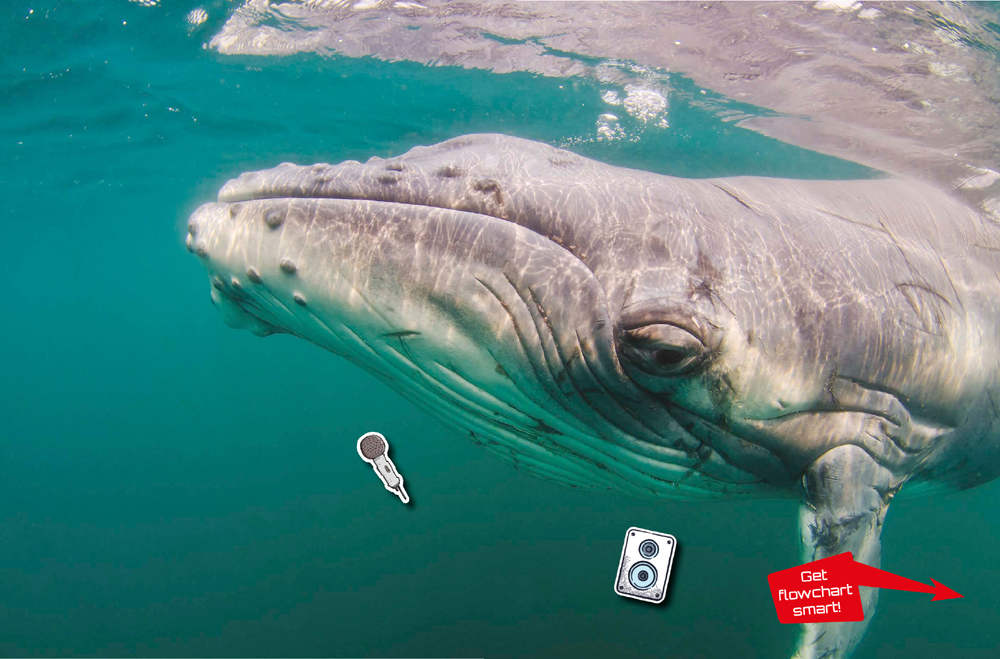
Whales can communicate over long distances because sound vibrations travel well through water.
Get Smart!
Sound cannot travel through a vacuum (an area empty of matter). Between the stars and planets in space youll find a nearly perfect vacuum. As there is nothing for sound waves to move through, it is spookily silent out in space! On a spacewalk, astronauts speak to each other via radios. They cannot shout across space to each other because there is no air for sounds to travel through.
How Waves Are Made
Lets look at how sound waves are made once more, using a flowchart.

Chapter 2
Listen Up!
The outer parts of the human ear, the ear flaps on the sides of your head, are specially designed to collect sounds. These folds of skin are large and form a funnel to collect sounds and channel them along a short tunnel, called the ear canal, into the parts of the ear inside the head.

Our ears help us listen for traffic to keep us safe when we are out and about.
Sound waves travel along the ear canal until they reach a thin membrane of skin called the eardrum. When the sound waves hit the eardrum they make it vibrate in a similar way to the original source of the vibration. The eardrum passes the vibrations through three tiny bones called ossicles into the inner part of the ear. The ossicles amplify, or increase, the vibrations and pass them into the cochlea.
The cochlea is a snail-shaped tube that contains liquid and 30,000 tiny nerves called hair cells, which look like minuscule hairs. Each hair cell receives and codes different sounds. The vibrations move the hair cells and the hair cells change the vibrations into electrical signals that are sent to the brain through the auditory (hearing) nerve. The brain interprets the signals and tells you what the sounds are. This all happens in an instant!
Get Smart!
Have you ever wondered why we have two ears instead of one? Having an ear on each side of the head makes it easier for us to determine where sounds are coming from. The ear closest to a sound hears it slightly earlier and a little louder than the other ear. The brain uses this difference to figure out what direction the sound is coming from.
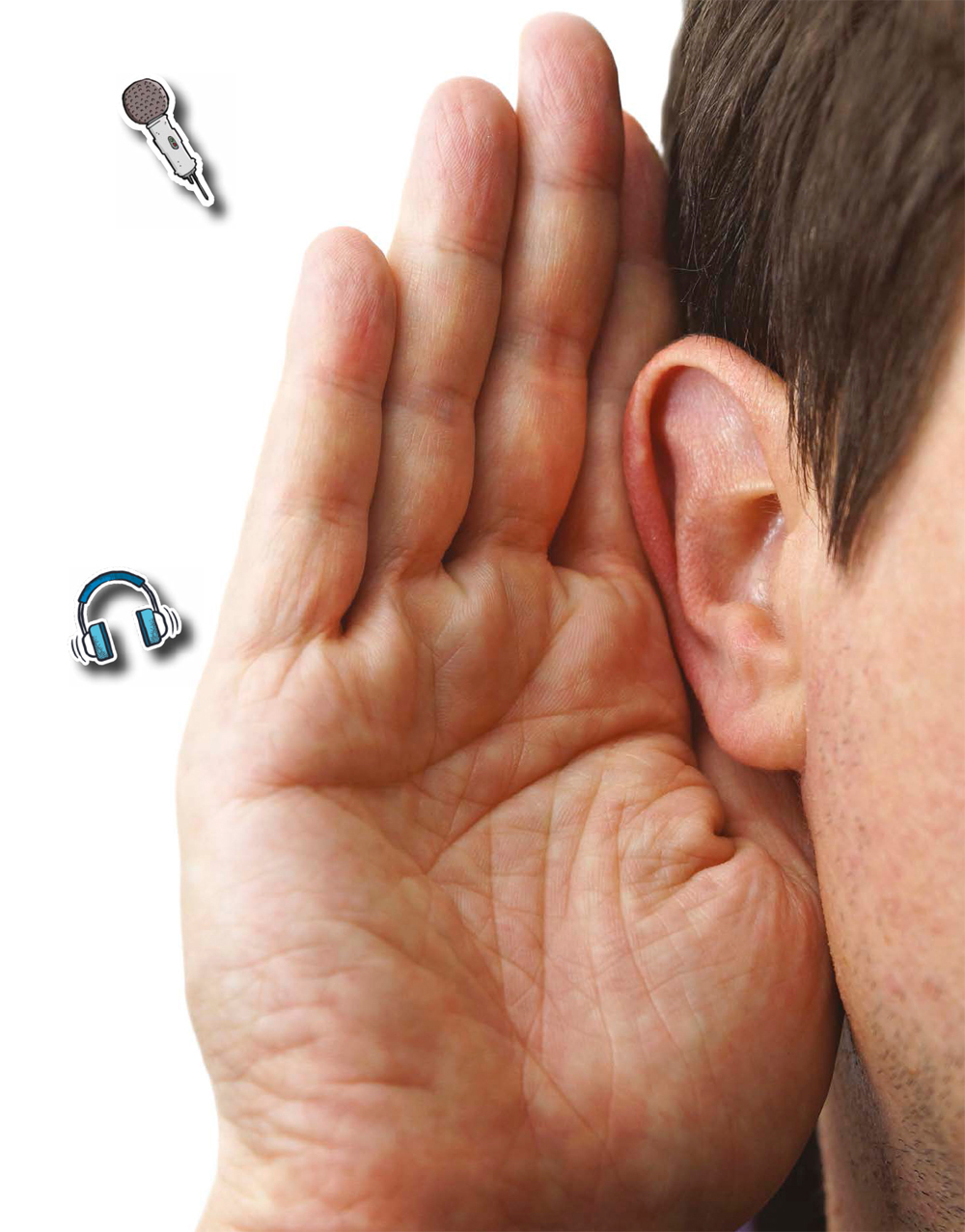
The cup shape of the outer ear helps it gather sound waves. When we cup a hand around our ear we can hear even better.
Turn It Down!
Your ears allow you to use sound waves to receive valuable information about the world around you. That is why it is important to take care of your sense of hearing and protect your ears.



